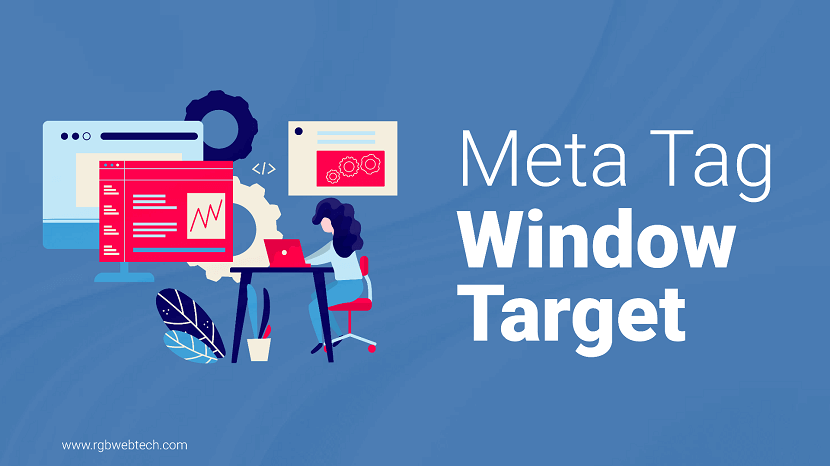Window Target Meta Tag 2024
Last updated on December 15, 2024 by Web Jeevan

"SEO is like a resume, you polish it so you have your best foot forward." – Matt Cutts
How to use Meta Window Target Tag on your website? The HTML meta tag HTTP-EQUIV WINDOW TARGET specifies the named window of the current page. This tag can be used to stop a page from appearing in a frame with many (not all) browsers.
In the past, people used this tag to avoid that a page was shown in a frameset. A page could 'break out of the frameset' and was shown as a separate sole page.
Using the content-script HTML tag doesn't influence your ranking with the search engines. The title of your page, the keywords and the description tag do influence your ranking.
An example of meta tag http-equiv="Window-Target"
Add the following meta tag in the source of your webpage. The difference in spelling at the end of the tag is either you use " /> = XML or "> = HTML.
Where should you add meta tags?
You may add meta tags like title, description, and keywords to all of your webpages, so not only on the first index page. Make sure that on every page relevant meta tags are added. Add keywords and phrases that are relevant and correspond to the text and the language on that specific page. It might be a lot of work to add specific meta tags to each page but you will notice in time that it works!
You can also try Profile Creation Sites List and Directory Submission Site List for creating quality backlinks.
We have created a Technical SEO Checklist for SEO Professionals. You can check that also.
If this article is helpful for you, please share it on your social media handles Because sharing is caring!
"Social media is about sociology and psychology more than technology." – Brian Solis
If you would like more information about the Window Target Meta Tag 2024, please send us an email.
Written by Web Jeevan
Website Audit Checklist
Ensure your website performs at its best with our comprehensive Website Audit Checklist. Check for SEO optimization, user experience, mobile responsiveness, site speed, content quality, and more. Improve your website’s search engine ranking and user engagement by following this essential audit guide for better results and performance.
